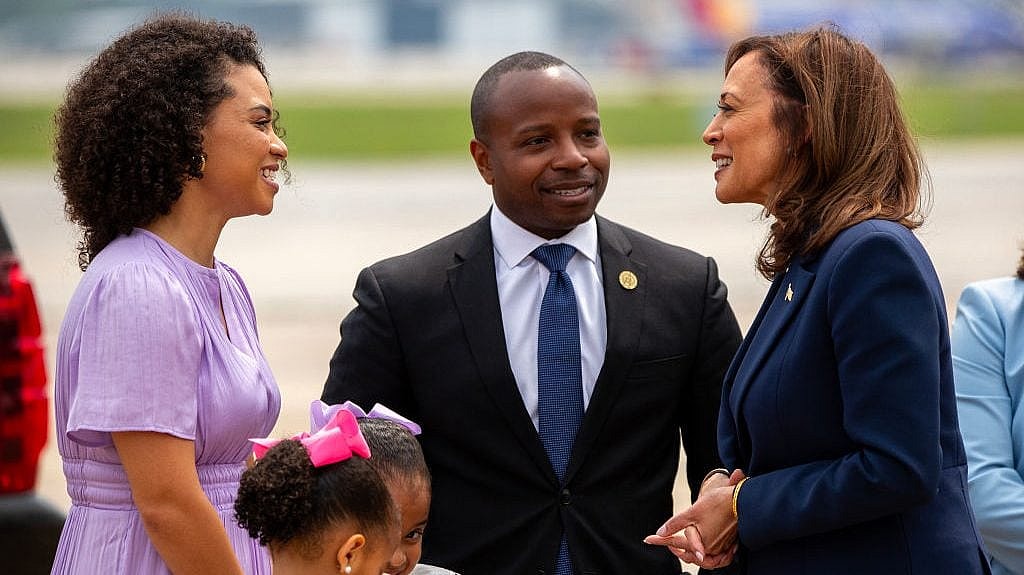WASHINGTON (AP) — The nation’s economy accelerated last quarter at a strong 2.8% annual pace, with consumers and businesses helping drive growth despite the pressure of continually high interest rates.
Thursday’s report from the Commerce Department said the gross domestic product — the economy’s total output of goods and services — picked up in the April-June quarter after growing at a 1.4% pace in the January-March period. Growth last quarter also picked up because businesses increased their inventories. Economists had expected a weaker 1.9% annual pace of growth.
Despite last quarter’s uptick, the U.S. economy, the world’s largest, has cooled in the face of the highest borrowing rates in decades, engineered by the Federal Reserve to fight high inflation. From mid-2022 through 2023, annualized GDP growth had topped 2% for six straight quarters. In last year’s final two quarters, GDP expanded by robust rates of 4.9% and 3.4%.
The state of the economy has seized Americans’ attention as the presidential campaign has intensified. Although inflation has slowed sharply, to 3% from 9.1% in 2022, prices remain well above their pre-pandemic levels.
Recommended Stories
This year’s slowdown reflects, in large part, the much higher borrowing rates for home and auto loans, credit cards and many business loans resulting from the Fed’s aggressive series of interest rate hikes.
The Fed’s rate hikes — 11 of them in 2022 and 2023 — were a response to the flare-up in inflation that began in the spring of 2021 as the economy rebounded with unexpected speed from the COVID-19 recession, causing severe supply shortages. Russia’s invasion of Ukraine in February 2022 made things worse by inflating prices for the energy and grains the world depends on. Prices spiked across the country and the world.
Economists had long predicted that the higher borrowing costs would tip the United States into recession. Yet the economy kept chugging along. Consumers, whose spending accounts for roughly 70% of GDP, kept buying things, emboldened by a strong job market and savings they had built up during the COVID-19 lockdowns.
The slowdown at the start of this year was caused largely by two factors, each of which can vary sharply from quarter to quarter: A surge in imports and a drop in business inventories. Neither trend revealed much about the economy’s underlying health. Consumer spending did slow as well, though.
Fed officials have made clear that with inflation slowing toward their 2% target level, they’re prepared to start cutting rates soon, something they’re widely expected to do in September.










